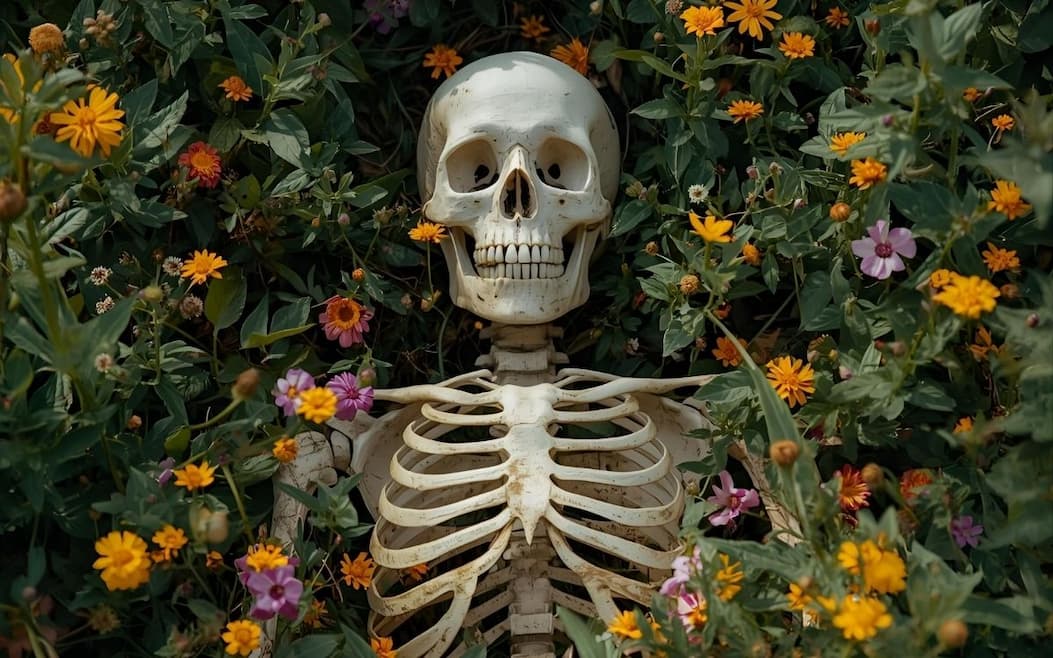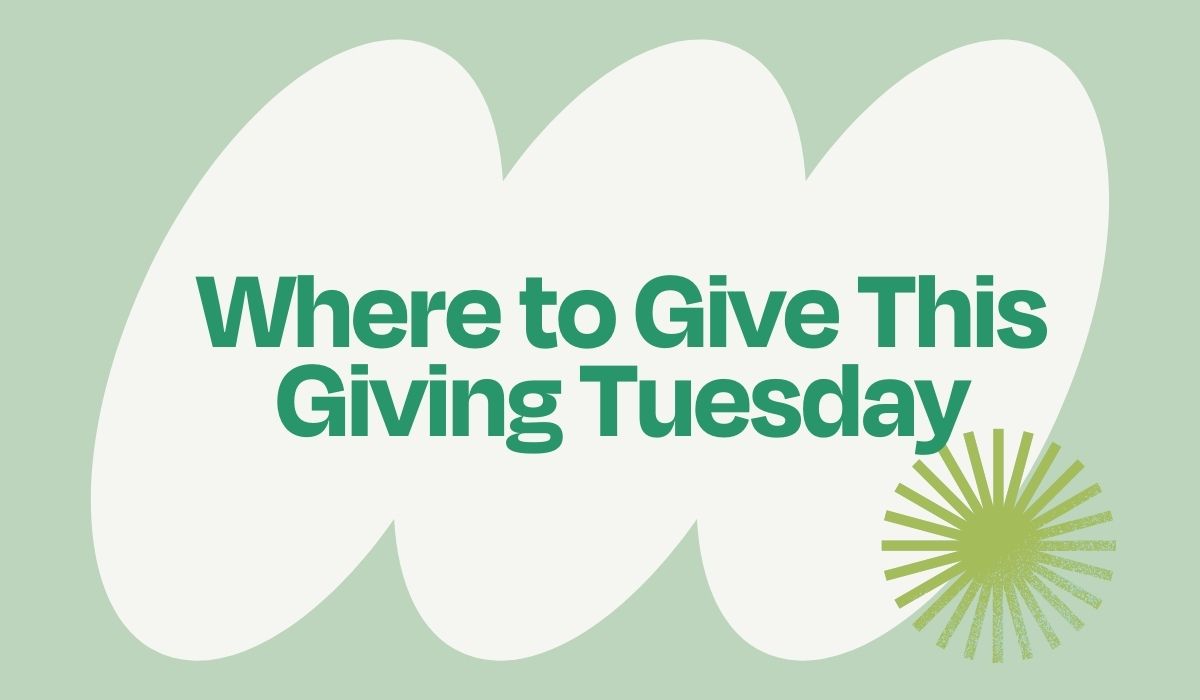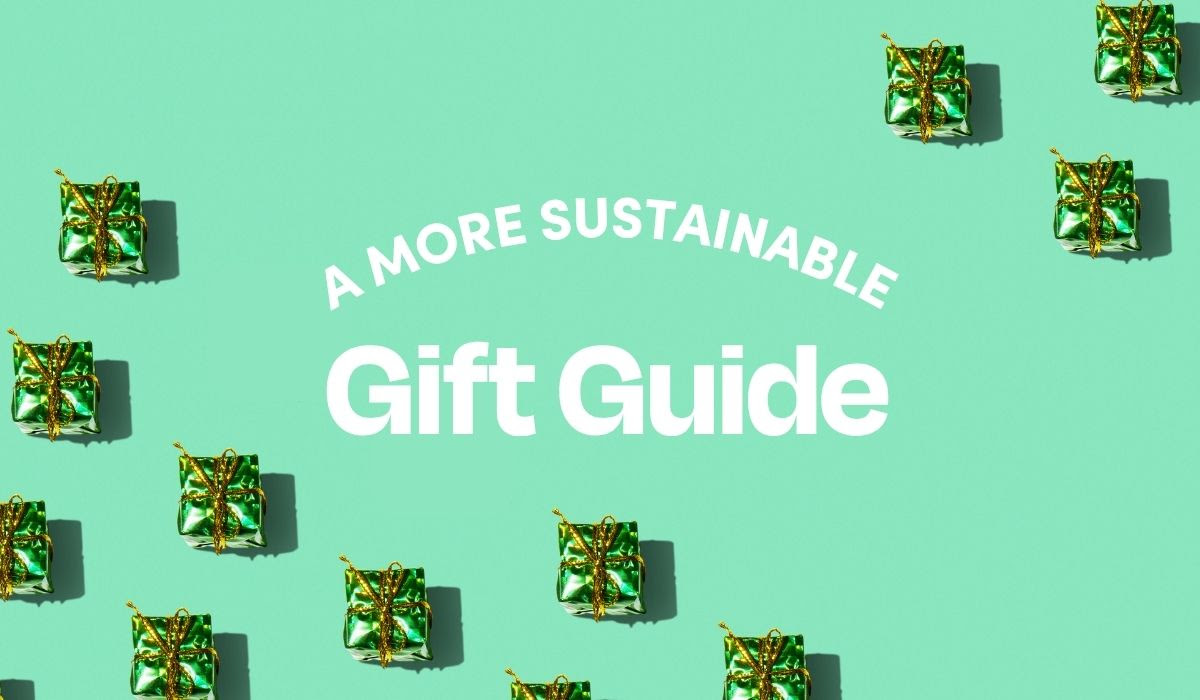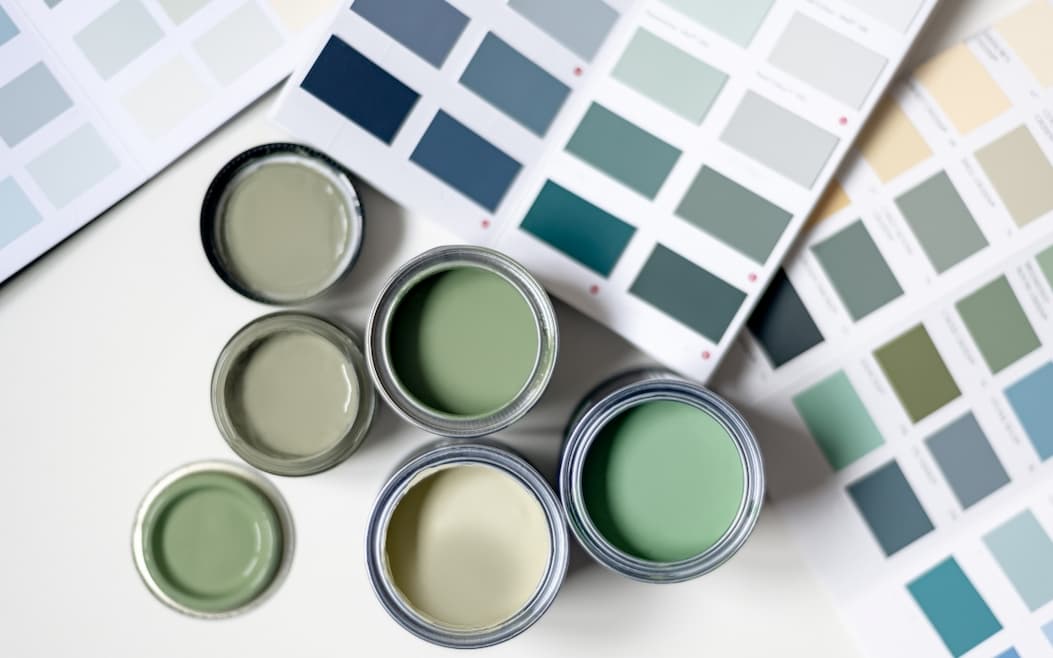Ashes to Ashes, Emissions to Emissions

The Sustainability of Burial and Cremation
Nothing says “Happy Tuesday, and welcome to my newsletter” like an email about death, amiright? I'll be honest: writing about death wasn’t on my bingo card for 2025, but given how much our final send-off could potentially be contributing to climate change, it needs to be discussed…so, you’re welcome. If we're being mindful about everything from our morning coffee to our cleaning products, shouldn't we also think about our environmental impact when we, well, no longer need an environment?
The death industry has a surprisingly large carbon footprint. A traditional burial emits nearly 800 pounds of CO2, while cremation releases approximately 535 pounds - about the same as you would emit driving your Toyota Camry from San Francisco to LA, and then back to SF. With about 2.8 million people dying in the US annually, that adds up to some serious emissions.
Traditional Burial: Not So Six-Feet-Under
Let's start with what most of us think of as a "normal" funeral. Traditional burials involve embalming (using formaldehyde, a carcinogen that can leach into groundwater), caskets made from hardwood or metal that can take decades to centuries to decompose, and concrete burial vaults that essentially create underground storage units that never break down.
The numbers are staggering: American cemeteries bury about 30 million board feet of hardwood, 90,000 tons of steel, 17,000 tons of copper and bronze, and 1.6 million tons of concrete annually. That's enough wood to build 4,500 homes and enough metal to construct the Golden Gate Bridge.
Cremation: Hot Take on a Hot Topic
You might think cremation is the greener choice, and in some ways, it is—it requires less land and fewer resources upfront. But here's the catch: cremation requires temperatures of 1,400-1,800°F for 2-3 hours, consuming about the same amount of energy as an average American home uses in a month. Plus, older crematoriums can release mercury (from dental fillings) and other pollutants into the atmosphere.
Enter the Death Positive Movement
Before you start planning to live forever to avoid this environmental dilemma, there's good news. The "death positive" movement—which encourages open, honest conversations about death and dying—is also driving innovation in sustainable end-of-life practices.This movement, championed by people like mortician Caitlin Doughty, is breaking down taboos around death while pushing for more environmentally conscious options.
Green Death Options That Actually Work
Natural/Green Burial: No embalming, biodegradable caskets (think wicker, bamboo, or even cardboard), and burial in designated natural areas where your body actually becomes part of the ecosystem. Cost: Usually $2,000-$5,000 vs. $7,000-$12,000 for traditional burial.
Aquamation (Alkaline Hydrolysis): Sometimes called "water cremation," this process uses water, alkaline chemicals, and heat to accelerate natural decomposition. It uses 90% less energy than flame cremation and produces 1/10th the carbon emissions. The process takes 4-6 hours and leaves behind bone fragments (like regular cremation) plus a sterile liquid that can actually nourish plants.
Human Composting: Yes, really. Companies like Recompose in Washington have legalized human composting, where bodies are placed in vessels with organic materials like wood chips and straw. After about 30 days, you become nutrient-rich soil—enough to fill a pickup truck bed. Your family gets some soil back, and the rest goes to conservation efforts.
Mushroom Burial Suits: Designer Jae Rhim Lee created the Infinity Burial Suit, embedded with mushroom spores that help break down toxins in the body during decomposition.
Tree Pod Burials: Italian designers created Capsula Mundi, organic pods that hold bodies in the fetal position with a tree planted above. The idea is that cemeteries become forests instead of lawns that require constant maintenance.
How to Bring This Up Without Ruining Thanksgiving
I know, I know. Bringing up your sustainable death preferences isn't exactly light dinner conversation. But here are some gentle ways to start the conversation:
- Share this newsletter (shameless plug, but it's educational!)
- Mention it after watching a nature documentary: "Did you know there are ways to become part of the forest when we die?"
- Start with your own preferences: "I've been thinking about green burial options for myself..."
- Frame it around values you already share: "Since we compost and recycle, I've been learning about eco-friendly end-of-life options"
Death might be the one thing we can't avoid, but we can choose how our final act impacts the planet. Whether it's a green burial that feeds the forest or aquamation that uses a fraction of the energy, sustainable death options are becoming more accessible and affordable.
And honestly, there's something beautiful about the idea that even in death, we can give back to the earth that sustained us. It's the ultimate circular economy.
ASK ATTICUS
How do I know if there are green burial options near me?
Check out the Green Burial Council for certified green burial grounds and funeral homes. Many traditional funeral homes are also adding green options due to growing demand.
Is green burial legal everywhere?
Green burial itself is legal in all 50 states, but regulations vary. Some states require burial vaults even for green burials, while others have specific rules about embalming. Always check local regulations.
Subscribe now to continue reading.
(16% discount)
• Access to unlimited articles
• Sustainable product guides & recommendations
• Weekly newsletters
Already a member? Log in.














